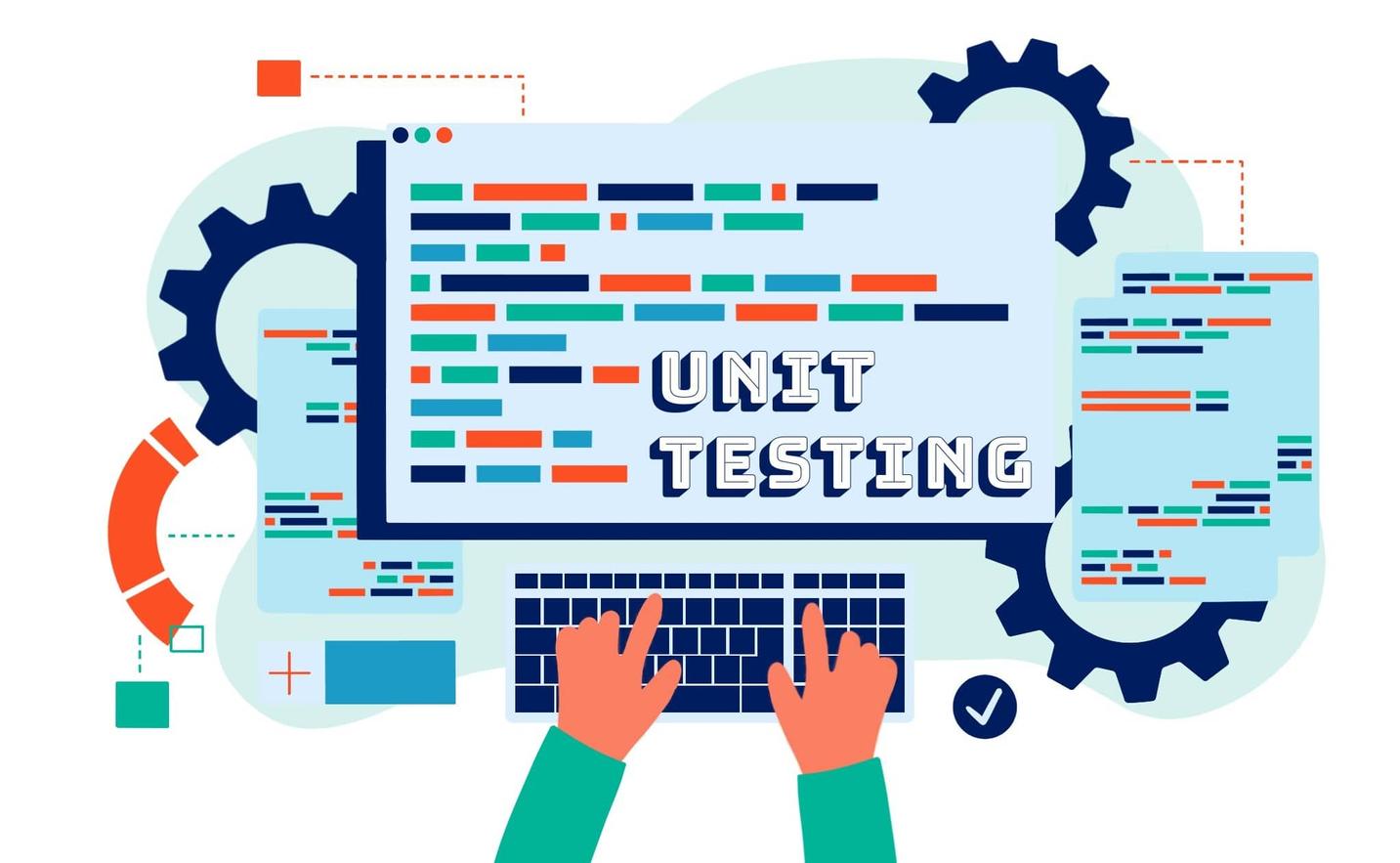U N I T


T E S T I N G ?
W H A T I S U N I T T E S T I N G ?
The most common software testing technique is unit testing, which includes the initial testing phase in which tiny components or units are tested independently. Both testers and developers can use this testing method to isolate each module to find and fix system faults early in the software development lifecycle (SDLC). The white box testing technique is another name for unit testing.

H O W D O E S U N I T
T E S T I N G W O R K ?
Unit Test Plans must be explained and created. Unit test cases are designed and produced in accordance with the test plans. Execute these test cases on separate units. Repair the flaws and re-evaluate the unit.
The testing procedure is repeated until the unit is free of all problems.
T Y P E S O F U N I T T E S T I N G
Black Box Unit Testing: Black box unit testing enables the team to test its user interface as well as input and output.
White Box Testing: This is another important sort of unit testing that developers use to test the product's functional functionality and verify its execution.
Gray Box Testing: Gray box testing is used to run test suites and test cases, identify risks, and test various methodologies.
A D V A N T A G E S O F
U N I T T E S T I N G
D I S A D V A N T A G E S O F U N I T
T E S T I N G
When testing your user interface, unit tests can be tricky. They are appropriate for testing business logic implementation but not for UI.
Some argue that unit testing are detrimental to structural design. Unit tests help to consolidate the code structure, making modifications more difficult.
Changing and adding new code can cause navigational challenges and delay the start of integrated testing.
Unit testing cannot detect all problems in a software.
